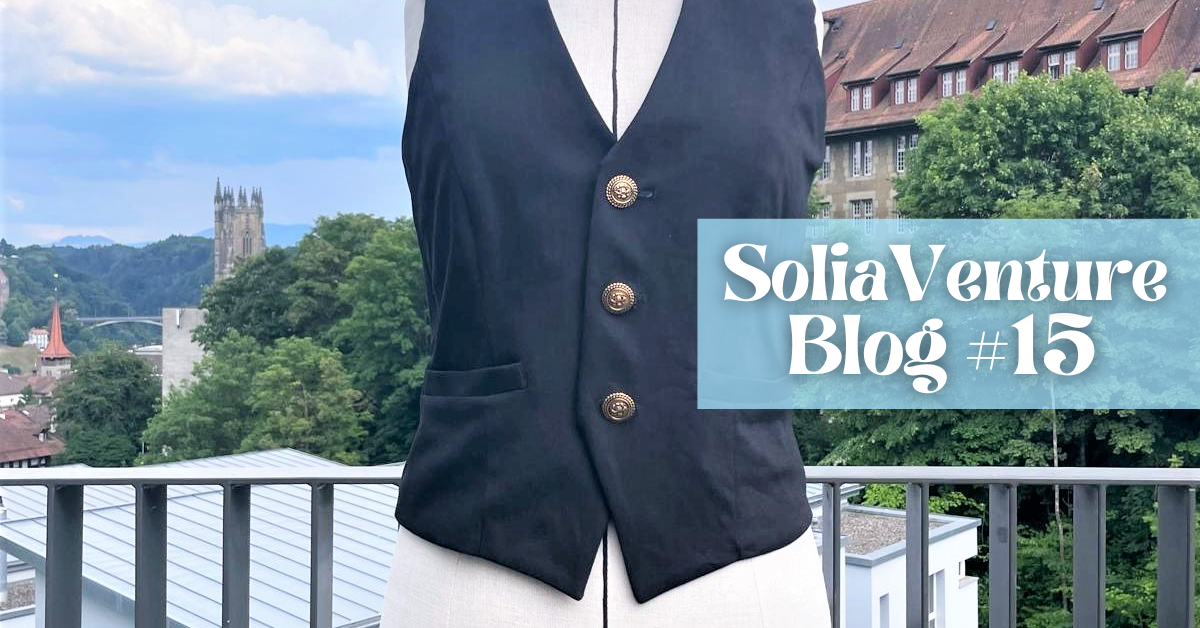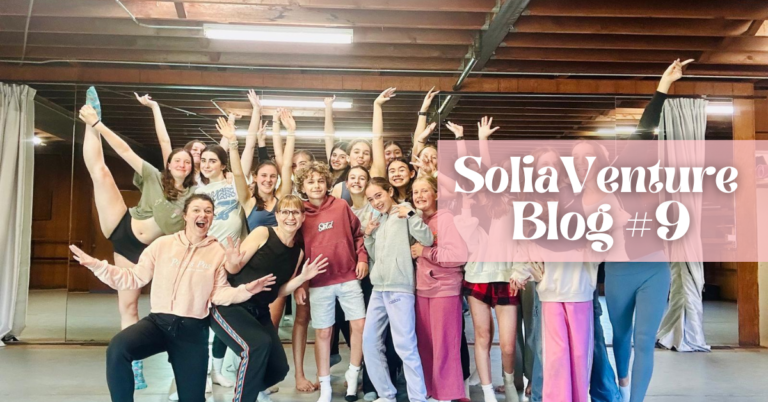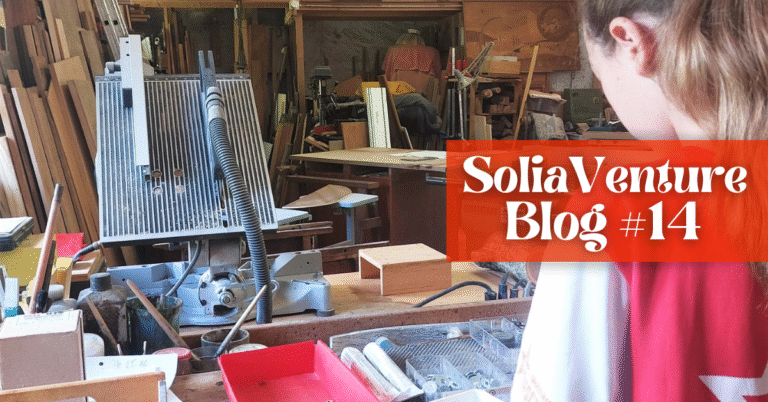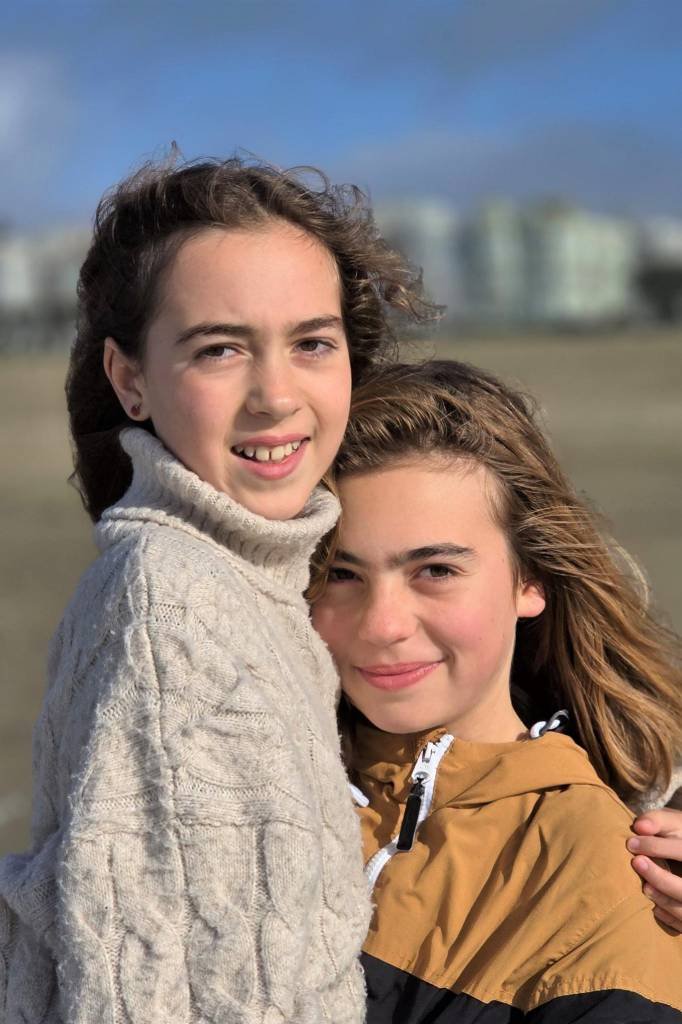She’s 16. She Sews Suits. She Mentors Interns.
Two years ago, I couldn’t wait to finish school so I could start my training as a seamstress, Valentine told us. Now I’m the one who mentors the interns that come to our sewing school.
We just have to tell you about Valentine — our best cousin ever. She’s 16, talented, and one of the most dedicated people we know. While many teens are still figuring out what they enjoy (and we get that!), Valentine already knows what she loves and is building her future around it.
We asked her to share what her sewing apprenticeship is really like — from how it all started to pattern-making, wedding dresses, and her big dream after graduation.
“I thought it would just be sewing. I was wrong.”
When we asked how she’d describe her apprenticeship as a seamstress, Valentine said she used to imagine it was all about fabric and a sewing machine. But the training goes much deeper.
We work on everything that comes before the act of sewing — designing, sketching, pattern making, and theory. The training is really complete.
A passion that started at age 11
Valentine’s interest in fashion began when she was little. She would draw outfits and dreamed of making her own clothes.
I started doing internships when I was 11. I made shorts, pants, and some amazing fashion sketches. Becoming a seamstress was my first idea — and I stuck with it.
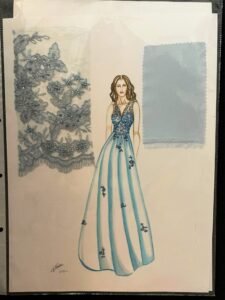
A day in the life: from theory to tailoring
My day begins with theory classes. In the afternoon, we move on to pattern-making, fashion sketching, technical drawing — and of course, sewing practice. Everything we learn is connected to the job — no more math, science, or geography. It’s all focused on the skills we actually use.
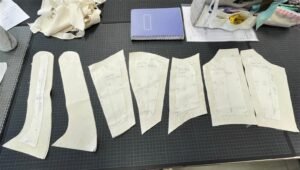
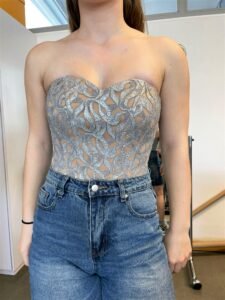
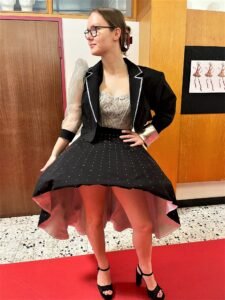
Valentine is also the youngest in her class. Students at her sewing school range from 15 to 34 years old — but that never stopped her from jumping in and learning fast.
She’s currently working on a custom dress for a client, a project that can take two to three weeks. She has already made baker uniforms and is about to start her most exciting project yet — a wedding dress for her teacher.
In just two years, I’ve learned so much. I’ve created complete outfits from start to finish: skirts, dresses, suits…
The hardest parts?
Some parts of the training are more challenging than others.
I don’t dislike theory, but memorizing fabric types, elasticity, care instructions, fiber content, and fabric grain direction isn’t easy. Pattern making also takes time to really understand — but once it clicks, it starts to feel creative, almost like sketching a design. And it’s super important: if the pattern is wrong, everything that follows will be too.
And when it comes to sewing, precision is key.
If you’re off by even one millimeter (about 1/25 of an inch), it can ruin the whole piece. One student had to redo a shirt sleeve many times because of a small lack of precision. The tiniest error shows.
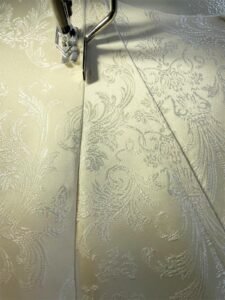


The best parts?
Sewing! I love creating clothes for clients and seeing them leave with a big smile. And of course, it’s so satisfying to be able to imagine and make my own clothes too.
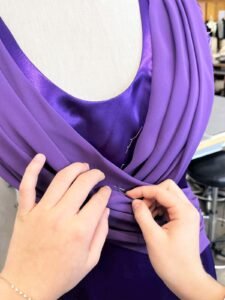

What about pay during the apprenticeship?
Since I’m training in a school, I don’t receive a salary like I would if I were doing my apprenticeship in a company. I don’t pay much for school either — mostly just the cost of the fabric I use to create my own clothes. But just so you know, an apprentice working in a company in Switzerland usually earns about 440 CHF/month in the first year, 550 CHF/month in the second, and 880 CHF/month in the third.
Would she recommend this path to others?
Yes, absolutely! When I say I’m a seamstress, people sometimes say, ‘Oh no, you must be sewing all day!’ But I love it. I’m sure that if more people tried making just one garment — and I really believe everyone could learn how — a lot more of them would want to do this training.
What comes next?
Valentine already has plans for what she wants to do after graduating.
My dream is to go to Italy and work in a tailoring workshop to keep improving. I love making suits. I’m more interested in garment making than design.
Her focus, her dedication, and her love for her craft are clear. Valentine isn’t just learning to sew — she’s creating a future with care, creativity, and precision in every stitch.
Outside of sewing, Valentine has a full life too. She plays volleyball and is part of a local Swiss youth group where they create incredible costumes for events and performances. Even after long days at the sewing machine, she still finds time for creativity, teamwork, and fun.
👉 Want to see more of what a couture apprenticeship looks like in Switzerland? Here’s a video that gives a great overview. You can turn on English subtitles if needed!
📚 If you missed it, we shared a closer look at how apprenticeships work in Switzerland in this previous newsletter. Valentine’s story brings it to life!
The SoliaVenture trio — Solène, Zélia & Mom
P.S. Curious fact: When Valentine was still in school, she used to get constant headaches. Since she started her apprenticeship? None.
Just sayin’ — maybe living the life you love is good medicine.
P.P.S. Want to follow along? Here’s Valentine’s Instagram — she occasionally shares stories about her latest creations, and you can always send her a message if you’d like to cheer her on!
 Free shipping on orders $50+
Free shipping on orders $50+


